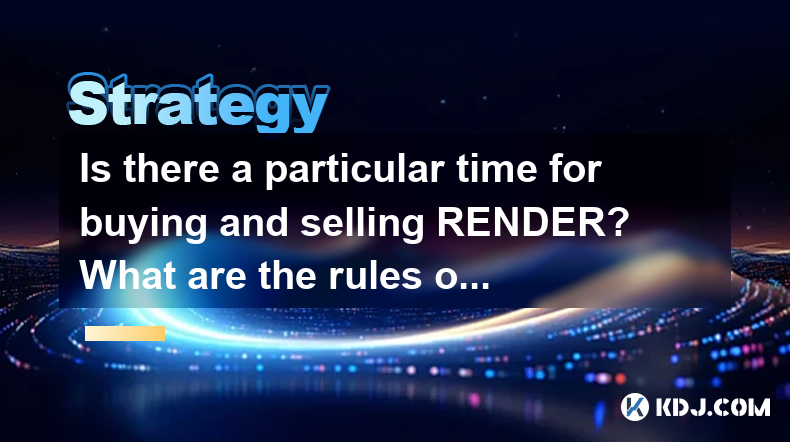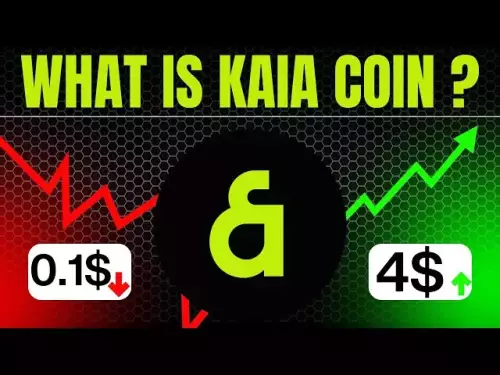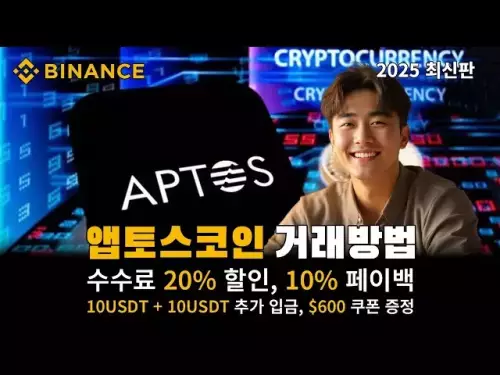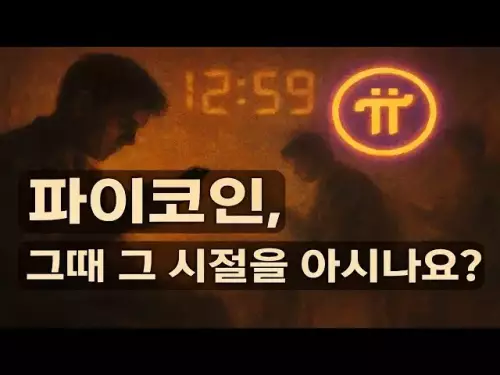-
 bitcoin
bitcoin $112715.707551 USD
-1.71% -
 ethereum
ethereum $4101.475385 USD
-3.01% -
 tether
tether $1.000644 USD
-0.02% -
 bnb
bnb $1207.619465 USD
-6.77% -
 xrp
xrp $2.501451 USD
-3.98% -
 solana
solana $202.947124 USD
-3.32% -
 usd-coin
usd-coin $1.000295 USD
0.04% -
 dogecoin
dogecoin $0.203884 USD
-4.47% -
 tron
tron $0.317154 USD
-1.72% -
 cardano
cardano $0.695009 USD
-4.43% -
 hyperliquid
hyperliquid $38.853961 USD
-8.23% -
 chainlink
chainlink $18.988674 USD
-4.64% -
 ethena-usde
ethena-usde $1.000233 USD
-0.03% -
 stellar
stellar $0.337050 USD
-3.63% -
 bitcoin-cash
bitcoin-cash $536.861728 USD
-1.28%
Is there a particular time for buying and selling RENDER? What are the rules of market fluctuations in different periods?
RENDER's price is influenced by daily market volatility, weekly trends, monthly patterns, news events, and technical indicators like RSI and Bollinger Bands.
May 04, 2025 at 05:21 pm

Understanding RENDER and Market Timing
RENDER, also known as Render Token, is a cryptocurrency that powers the Render Network, a decentralized platform for GPU rendering services. For traders and investors, understanding the optimal times for buying and selling RENDER can significantly impact their success. This article explores the rules and patterns of market fluctuations across different periods to help you make informed decisions.
Daily Market Fluctuations
Daily market fluctuations in the cryptocurrency space, including RENDER, are influenced by various factors such as trading volumes, news releases, and market sentiment. Typically, the most volatile periods for cryptocurrencies occur during the opening hours of major financial markets, such as the New York Stock Exchange (NYSE) and the Asian markets.
- Asian Market Hours: From around 12 AM to 6 AM UTC, the Asian markets open, and this period can see increased volatility due to news and economic reports from Asia.
- European Market Hours: From around 7 AM to 12 PM UTC, European markets open, and this can bring another wave of volatility as traders react to European economic indicators.
- US Market Hours: From around 1 PM to 8 PM UTC, the US markets open, and this period is often the most volatile for cryptocurrencies due to the high volume of trading and the influence of US economic news.
Weekly Market Trends
Weekly market trends for RENDER and other cryptocurrencies often follow a pattern influenced by weekends and weekdays. Generally, weekends tend to have lower trading volumes and less volatility, as many institutional traders and market makers are not active. However, this can sometimes lead to unexpected price movements due to lower liquidity.
- Monday to Wednesday: These days often see a return to normal trading volumes and can be good times for buying or selling, depending on the overall market sentiment.
- Thursday to Friday: As the week progresses, anticipation of the weekend can lead to increased volatility. Traders often look to close positions before the weekend, which can result in significant price movements.
Monthly and Seasonal Patterns
Monthly and seasonal patterns can also affect RENDER's price. Historically, the cryptocurrency market, including RENDER, tends to experience increased volatility and trading volumes at the end of each month and quarter. This is due to financial reporting and portfolio rebalancing by institutional investors.
- End of Month: The last few days of the month can see increased activity as traders adjust their positions.
- End of Quarter: Similar to the end of the month, the end of each quarter (March, June, September, December) can see heightened volatility.
- Seasonal Trends: Historically, the cryptocurrency market has shown a tendency to perform well in the months leading up to the end of the year, with November and December often being strong months.
Impact of News and Events
News and events play a crucial role in the price movements of RENDER and other cryptocurrencies. Positive news such as partnerships, technological advancements, or regulatory approvals can lead to price increases, while negative news such as security breaches or regulatory crackdowns can lead to price drops.
- Earnings Reports and Announcements: Keep an eye on any announcements from the Render Network, such as new partnerships or updates to their platform.
- Regulatory News: News related to cryptocurrency regulations in major markets can significantly impact RENDER's price.
- Market Sentiment: General market sentiment, influenced by broader economic conditions and trends in the cryptocurrency space, can also affect RENDER's price.
Technical Analysis and Market Indicators
Technical analysis and market indicators can provide additional insights into the best times for buying and selling RENDER. Commonly used indicators include moving averages, Relative Strength Index (RSI), and Bollinger Bands.
- Moving Averages: Traders often use moving averages to identify trends. A crossover of a short-term moving average above a long-term moving average can signal a buying opportunity, while the opposite can signal a selling opportunity.
- RSI: The RSI can help identify overbought or oversold conditions. An RSI above 70 might indicate that RENDER is overbought and could be a good time to sell, while an RSI below 30 might indicate it is oversold and could be a good time to buy.
- Bollinger Bands: Bollinger Bands can help identify volatility. When the price moves outside the upper band, it might be overbought, suggesting a potential sell signal, and when it moves below the lower band, it might be oversold, suggesting a potential buy signal.
Frequently Asked Questions
Q: How can I stay updated on news and events that might affect RENDER's price?A: To stay updated on news and events that could impact RENDER's price, you can follow the official Render Network channels on social media, subscribe to cryptocurrency news websites, and join relevant online communities and forums where traders and enthusiasts share the latest updates.
Q: Are there any specific tools or platforms that can help with technical analysis for RENDER?A: Yes, there are several tools and platforms that can assist with technical analysis for RENDER. Popular options include TradingView, which offers advanced charting and analysis tools, and Coinigy, which provides real-time data and technical indicators specifically for cryptocurrencies.
Q: How does the overall market sentiment towards cryptocurrencies affect RENDER?A: The overall market sentiment towards cryptocurrencies can significantly impact RENDER's price. If the market sentiment is bullish, with investors feeling optimistic about the future of cryptocurrencies, RENDER is likely to benefit from increased demand and higher prices. Conversely, if the market sentiment is bearish, with investors feeling pessimistic, RENDER may see decreased demand and lower prices.
Q: Can macroeconomic factors influence RENDER's price?A: Yes, macroeconomic factors can influence RENDER's price. For example, changes in interest rates, inflation rates, and economic policies in major economies can affect investor sentiment towards riskier assets like cryptocurrencies, thereby impacting RENDER's price.
Disclaimer:info@kdj.com
The information provided is not trading advice. kdj.com does not assume any responsibility for any investments made based on the information provided in this article. Cryptocurrencies are highly volatile and it is highly recommended that you invest with caution after thorough research!
If you believe that the content used on this website infringes your copyright, please contact us immediately (info@kdj.com) and we will delete it promptly.
- Coinbase and CoinDCX: Navigating the Crypto Exchange Landscape in 2025
- 2025-10-15 13:05:16
- Elon Musk, Dogecoin, and the Elusive Rally: What's the Deal?
- 2025-10-15 12:25:13
- Jamaica, ILO Principles, and Labour Commitment: Navigating a Changing World
- 2025-10-15 13:05:16
- Xbox One Controller Stick Drift: Causes, Fixes, and Prevention
- 2025-10-15 13:10:02
- GROK999K: The AI-Powered Crypto Revolutionizing Blockchain Intelligence
- 2025-10-15 13:10:02
- BTC, ETH, and Crypto Presales: Navigating the Storm with MoonBull & LivLive
- 2025-10-15 11:05:13
Related knowledge

Practical parameter settings for a Bitcoin multi-timeframe moving average system
Sep 18,2025 at 10:54pm
Optimizing Timeframe Combinations for Bitcoin Trading1. Selecting appropriate timeframes is crucial when building a multi-timeframe moving average sys...

How can I filter out false breakouts in Dogecoin high-frequency trading?
Sep 22,2025 at 01:00am
Understanding False Breakouts in Dogecoin Trading1. A false breakout occurs when Dogecoin's price appears to move beyond a defined support or resistan...

Techniques for identifying tops and bottoms in the Bitcoin on-chain NVT model
Sep 20,2025 at 07:54pm
Understanding the NVT Model in Bitcoin Analysis1. The Network Value to Transactions (NVT) ratio is often described as the 'P/E ratio' of the cryptocur...

What does the surge in open interest in Bitcoincoin futures mean?
Sep 20,2025 at 11:18pm
Understanding the Surge in Dogecoin Futures Open Interest1. A surge in open interest within Dogecoin futures indicates a growing number of active cont...

How can I use the Ethereum USDT premium to gauge market sentiment?
Sep 18,2025 at 11:55pm
Understanding the Ethereum USDT Premium1. The Ethereum USDT premium refers to the price difference between USDT (Tether) traded on Ethereum-based plat...

What should I do if Ethereum staking yields decline?
Sep 20,2025 at 06:18am
Understanding the Causes Behind Declining Ethereum Staking Yields1. The Ethereum network transitioned to a proof-of-stake consensus mechanism with the...

Practical parameter settings for a Bitcoin multi-timeframe moving average system
Sep 18,2025 at 10:54pm
Optimizing Timeframe Combinations for Bitcoin Trading1. Selecting appropriate timeframes is crucial when building a multi-timeframe moving average sys...

How can I filter out false breakouts in Dogecoin high-frequency trading?
Sep 22,2025 at 01:00am
Understanding False Breakouts in Dogecoin Trading1. A false breakout occurs when Dogecoin's price appears to move beyond a defined support or resistan...

Techniques for identifying tops and bottoms in the Bitcoin on-chain NVT model
Sep 20,2025 at 07:54pm
Understanding the NVT Model in Bitcoin Analysis1. The Network Value to Transactions (NVT) ratio is often described as the 'P/E ratio' of the cryptocur...

What does the surge in open interest in Bitcoincoin futures mean?
Sep 20,2025 at 11:18pm
Understanding the Surge in Dogecoin Futures Open Interest1. A surge in open interest within Dogecoin futures indicates a growing number of active cont...

How can I use the Ethereum USDT premium to gauge market sentiment?
Sep 18,2025 at 11:55pm
Understanding the Ethereum USDT Premium1. The Ethereum USDT premium refers to the price difference between USDT (Tether) traded on Ethereum-based plat...

What should I do if Ethereum staking yields decline?
Sep 20,2025 at 06:18am
Understanding the Causes Behind Declining Ethereum Staking Yields1. The Ethereum network transitioned to a proof-of-stake consensus mechanism with the...
See all articles


























![Staking ATH: How To Stake $ATH in October 2025 with 523% APY — [Step-By-Step Guide] Staking ATH: How To Stake $ATH in October 2025 with 523% APY — [Step-By-Step Guide]](/uploads/2025/10/15/cryptocurrencies-news/videos/staking-ath-stake-ath-october-apy-stepstep-guide/68eef94d80903_image_500_375.webp)















































